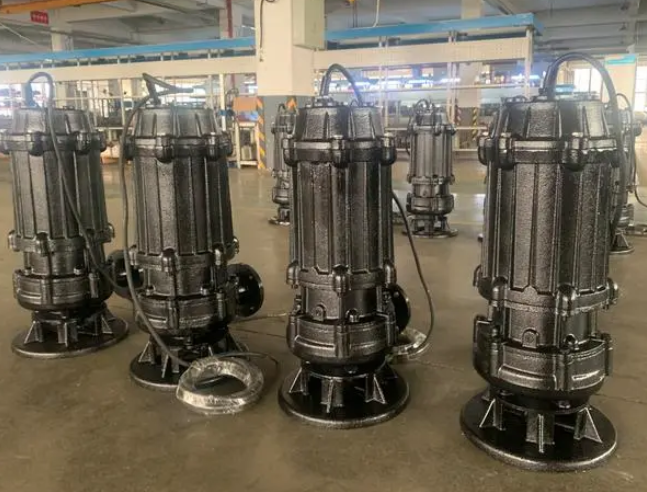Problems that may occur during the use of sewage pumps
There are many problems that are prone to occur in the use of sewage pumps. These problems may be caused by many factors, including the quality of the equipment itself, the use environment, the operation method, etc. The following are some common problems and their brief analysis:
1. Motor failure
Problem manifestation: The motor cannot start, the operation is unstable, overheating, etc.
Cause analysis:
The motor coil is short-circuited or broken, which may be due to the quality problem of the motor itself or aging caused by long-term use.
Bearing damage may be due to poor lubrication, excessive load or improper installation.
Environmental factors such as moisture and corrosion may also accelerate motor failure.
2. Pipeline blockage
Problem manifestation: The sewage pump flow rate is reduced, the head is reduced, and even water cannot be pumped.
Cause analysis:
The inner wall of the pipeline is not smooth and dirt is easily accumulated.
There are too many or too long turns in the pipeline, which increases fluid resistance.
Large particles or fibrous materials in sewage are easy to block the pipeline.
3. Seal leakage
Problem manifestation: Liquid leakage inside the pump body leads to reduced pump efficiency and even damage to the bearing.
Cause analysis:
Aging, wear or improper installation of the seal.
The medium contains corrosive substances, which accelerates the damage of the seal.
Excessive vibration or temperature changes may also cause seal failure.
4. Strong vibration
Problem manifestation: The sewage pump generates strong vibration during operation, affecting stability and service life.
Cause analysis:
The motor rotor is unbalanced.
The bearing is damaged or loose.
The installation is not firm or the foundation is uneven.
The fluid flow is uneven or the pipeline layout is unreasonable.
5. Water leakage from the bottom valve
Problem manifestation: The bottom valve is not sealed tightly, resulting in the pump being unable to absorb water normally or insufficiently.
Cause analysis:
The bottom valve sealing surface is worn or damaged.
Impurities enter the bottom valve and cause a loose seal.
Improper installation or long-term lack of maintenance.
6. Impeller damage
Problem manifestation: The impeller is worn, cracked or blocked, affecting the performance of the pump.
Cause analysis:
Solid particles or fibrous materials in the sewage scour and wear the impeller.
Improper impeller design or non-wear-resistant material.
Long-term overload operation or improper operation.
7. Other common problems
Excessive power loss: It may be caused by mismatch between the motor and the pump, improper head selection or internal blockage of the pump.
Difficulty in starting: In addition to motor failure, it may also be due to insufficient power supply voltage, damaged starting capacitor, etc.
Solution
For the above problems, the following measures can be taken to prevent and solve them:
Regularly check and maintain the sewage pump, including key components such as motors, seals, and impellers.
Clean the pipes and bottom valves to keep them unobstructed.
Use high-quality seals and lubricants to extend the service life of the equipment.
Rationally select and install the sewage pump to ensure that it matches the working conditions.
Use the sewage pump in strict accordance with the operating procedures to avoid overload operation and improper operation.





